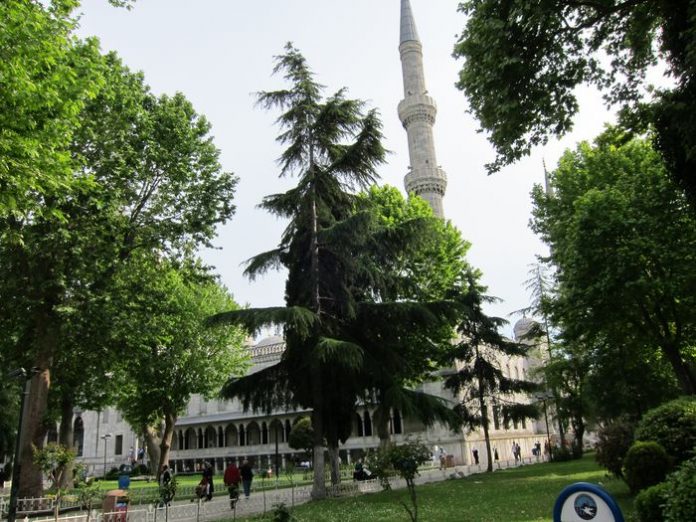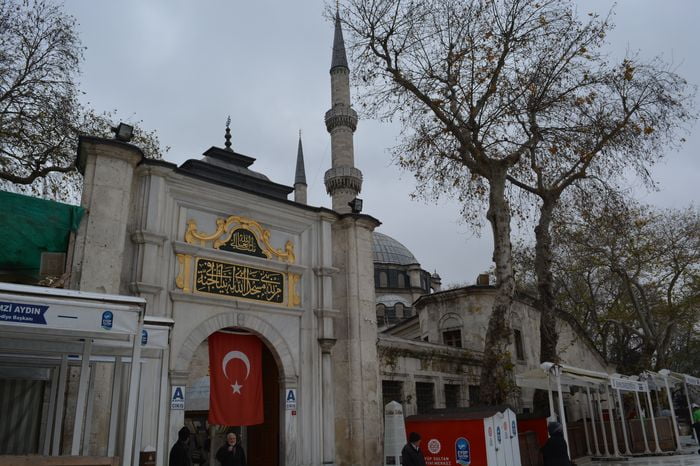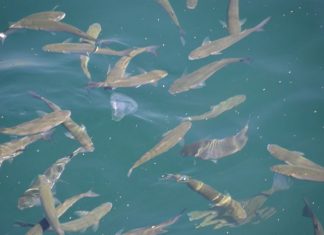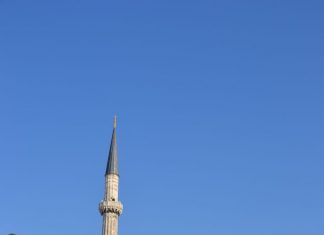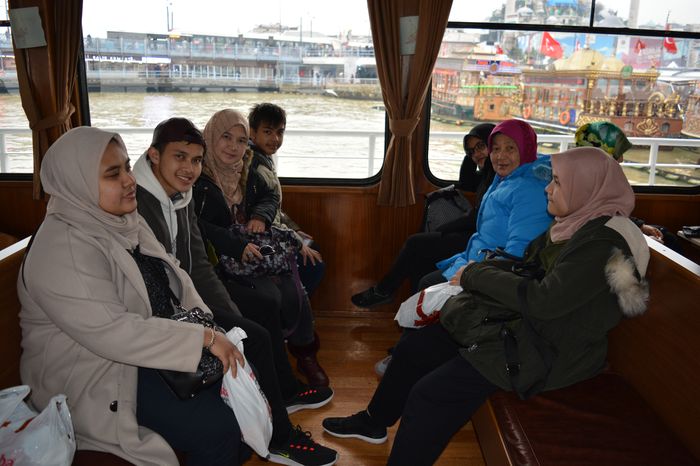Undated Construction
The Arms Section of Topkapi Palace, which stands today, lacks a specific construction date or inscription. However, it is undoubtedly the second Treasury after the Castle of Seven Towers (Yedikule), despite the potentially early date attributed to it.
Transfer of Assets
In another treasury register book, it is documented that on the 7th of Zilhicce (12th month) of the year 892 (1487), items were transferred from the Castle of Seven Towers to the Imperial Palace Exterior Treasury. Similarly, on the 25th day of Zilhicce 892, items were surrendered to the Treasurer. These records affirm the emergence of this new treasury The Magnificent Era of Suleyman.
Unique Architectural Features
The exterior treasury stands out due to its peculiar architectural elements. Its windows are positioned high above ground-level from the outside, while inside, there are hollowed-out stone cells measuring about two cubic meters each, likely designed for burying money underground.
Purpose of the Treasury
Initially, the exterior treasury served as a storage space not only for cash, such as gold and silver coins, but also for possessions adorned with jewels. Records, such as treasury register numbered 9713, indicate that a significant amount of old gold coins were stored in large earthenware jars in the downstairs treasury. The ground floor of this treasury served as the “Middle Treasury Turkey Sightseeing Tours,” while the “§irvan” floor above it was referred to as the “Upper Treasury.”
